When you are on the other end of a newspaper complaints line, one question gets thrown at you more than almost any other.
“How would you feel if this was your loved one and it was splashed all over the news?”
Sometimes it is swiftly and easily answered.
Like when it comes, angrily and expletive-laden, from someone motivated by greater sympathy for a vile criminal we have exposed than for their victim.
But it demands deeper reflection when it is prompted by stories about people being killed and injured, whether in fires, industrial accidents or crashes on our roads.
Some of you have written to me asking why we publish photographs of the scenes of tragic incidents, suggesting it shows disrespect and a lack of empathy for the families affected.
Harsher critics – mostly on social media – call us thoughtless, disgusting and much worse.
As an instinctive reaction to being confronted with the stark reality of the scene, that is understandable.
But one thing we are certainly not is thoughtless or somehow indifferent to the feelings of everyone affected.
We operate on frontline of everyday life – and death
That reflection I talked about does not just kick in when we are challenged after the fact, it is a fundamental part of how we decide what to publish and when.
I hope lifting the lid on the process might help answer some of the criticisms.
Journalism can be a joyous arena to work in, and at other times a very difficult and distressing one.
In doing our job of providing readers with the clearest possible picture of what is happening around us, we operate on the frontline of everyday life – and death.
And while we never set out to cause pain, we are always conscious that sometimes that may be the result of our reporting.
So striking a balance between telling the unvarnished truth and having respect for people’s feelings is a dilemma with which we regularly wrestle.
Thankfully we do not, as some would have you believe, make those decisions in a moral vacuum. We have clear and established ethical frameworks to guide us.
The Editors’ Code of Practice for example, set out by our industry regulator the Independent Press Standards Organisation (Ipso), has a section entirely devoted to intrusion into grief and shock.
It recognises that there can be a strong public interest in reporting deaths which happen in public – most often in plain sight of others and causing significant disruption to many – so long as it is done sensitively.
One of the things it prevents us doing – and rightly so – is reporting someone’s death before close family has been informed. That is an especially important safeguard in the age of instant round-the-clock news and is the first of several hurdles any such article must clear before appearing online or in print.
Careful consideration over use of photographs
Another involves making sure we do not use photos or video which includes casualties.
Those are the kinds of decisions that ensure we stay within the rules.
But we know that alone is not enough. So we carefully consider too which photographs and details would be within our rights to publish but which might be too graphic.
This is never a comfortable task. It involves looking in detail at material no one would ever choose to view and taking decisions that inevitably will upset some people.
So why bother at all then, why not just decide never to publish and avoid having to do any of that?
Simply because we believe strongly that our reporting is in the public interest, and not just in terms of keeping people fully informed of events but keeping them safe too.
Road safety benefits
Exposing drivers to the awful reality of the aftermath of serious incidents on our roads can encourage them to take more care behind the wheel.
That could not be more important here in the north and north-east of Scotland where fatalities on our roads are consistently higher than elsewhere.
In preparing this blog, I spoke with Nick Simmons, CEO of RoadPeace, the national charity for road crash victims, whose members have the most direct insight of anyone into this whole question.
“This can be a very sensitive topic and our members find it highly emotional whenever they come across such content in the media,” he told me.
“There is also a strong desire to prevent others from enduring similar life changing events and to raise the conversation around Vision Zero.
“We acknowledge that carefully and appropriately-presented articles can help deliver more effective road danger reduction.”
Police officers regularly allow media photographers access to scenes for exactly that reason – and other emergency service workers have spoken out about the need to be frank in educating drivers, especially younger ones, about the dangers.
So to answer that common question: yes, I would most probably find it very upsetting to see and read the stark details if one of my loved ones was among the victims.
But I would understand that great thought had gone into how to minimise that upset and be reassured that the story might just prevent others from suffering such tragedies themselves.
Anyone who needs support because they have been affected by these issues can call the RoadPeace helpline on 0845 4500 355 or click here
The P&J’s Readers’ Ombudsman is your eyes and ears in our newsrooms, on hand to answer your questions about our journalism. Find out more here about why we think that is so important.
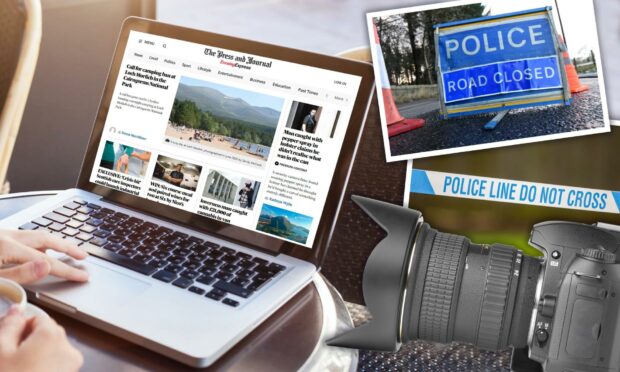
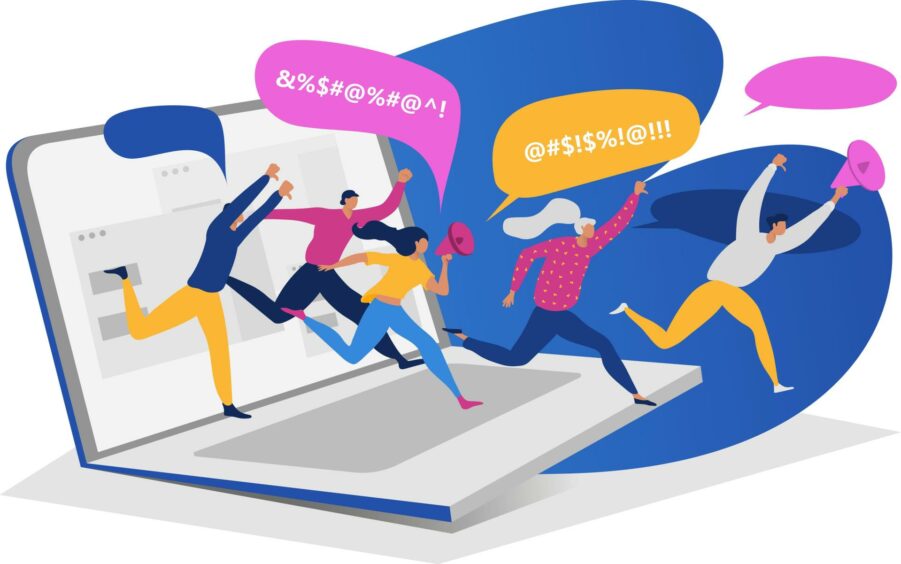
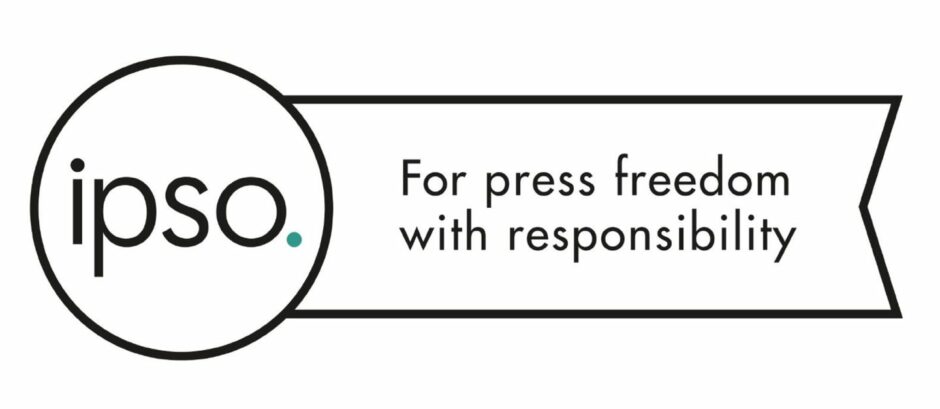
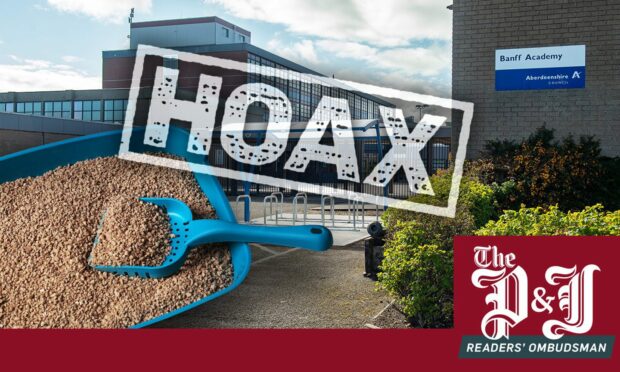
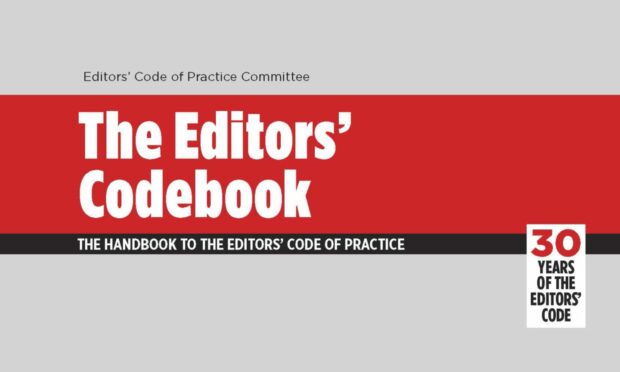
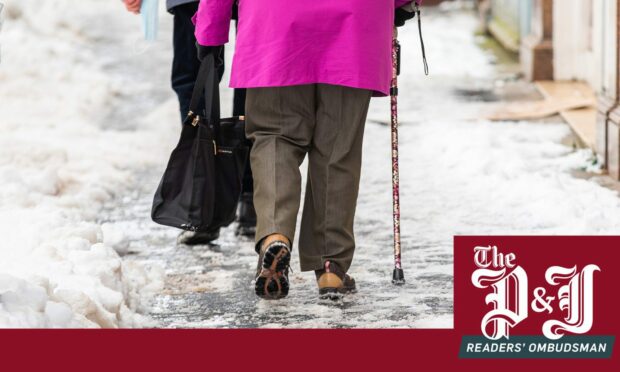
Conversation